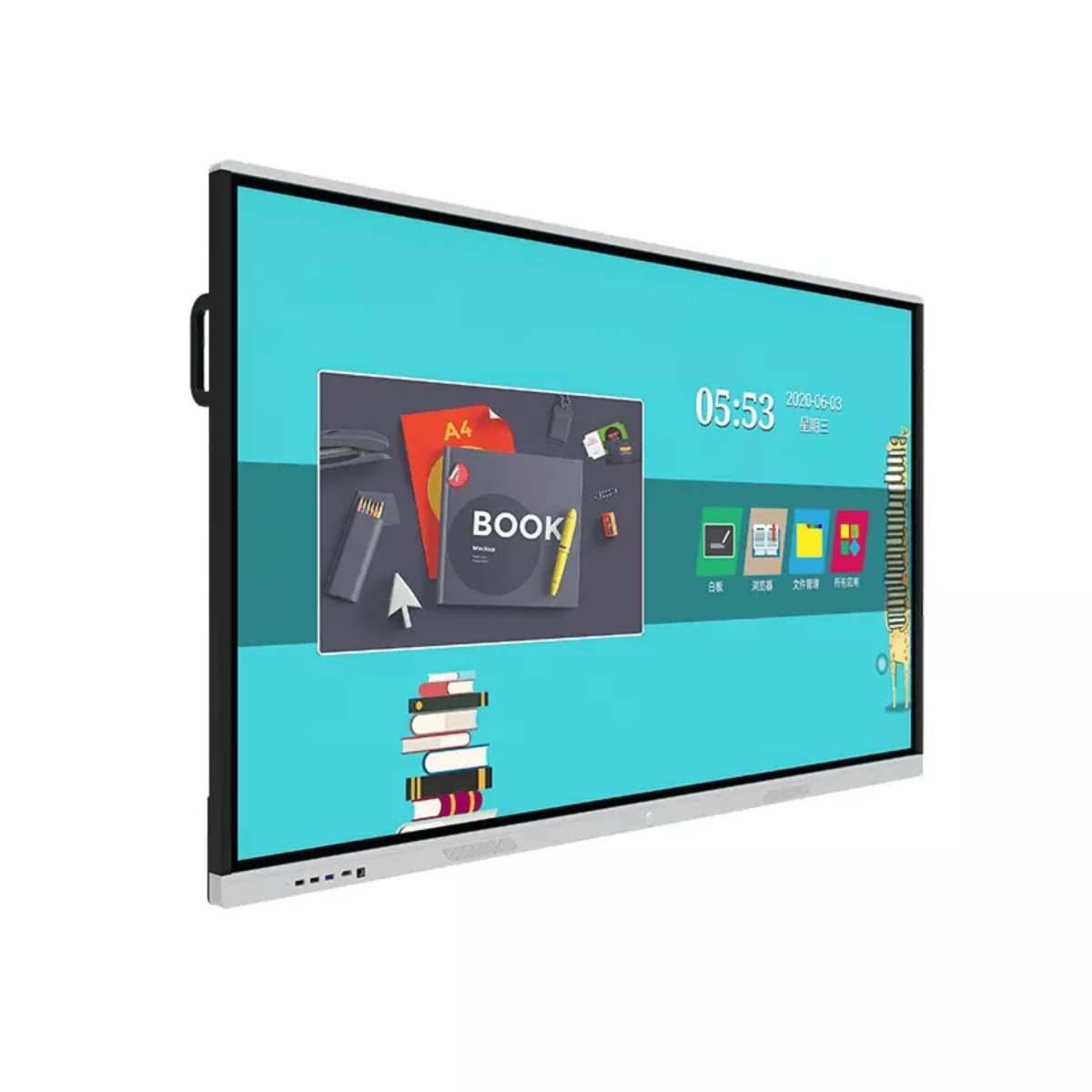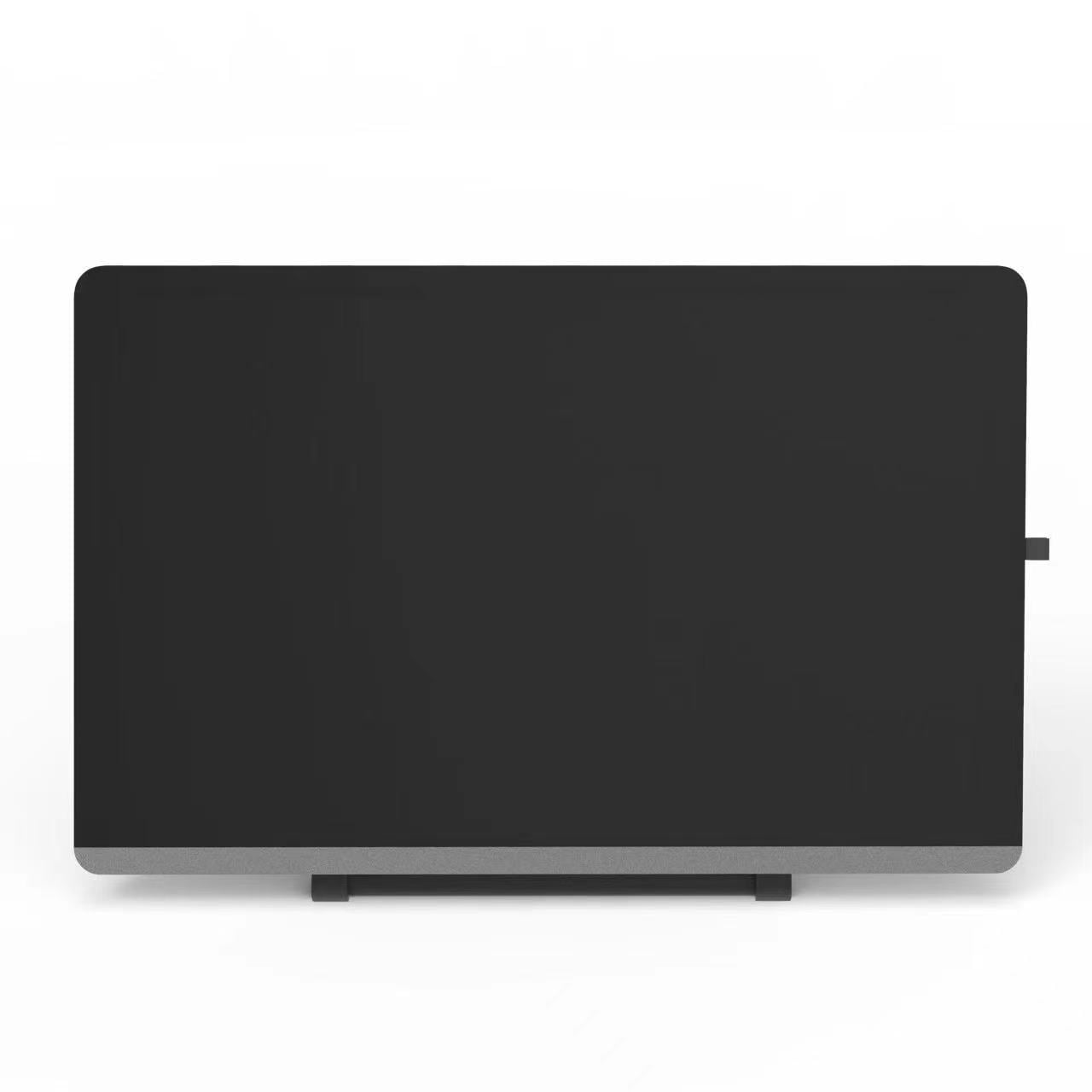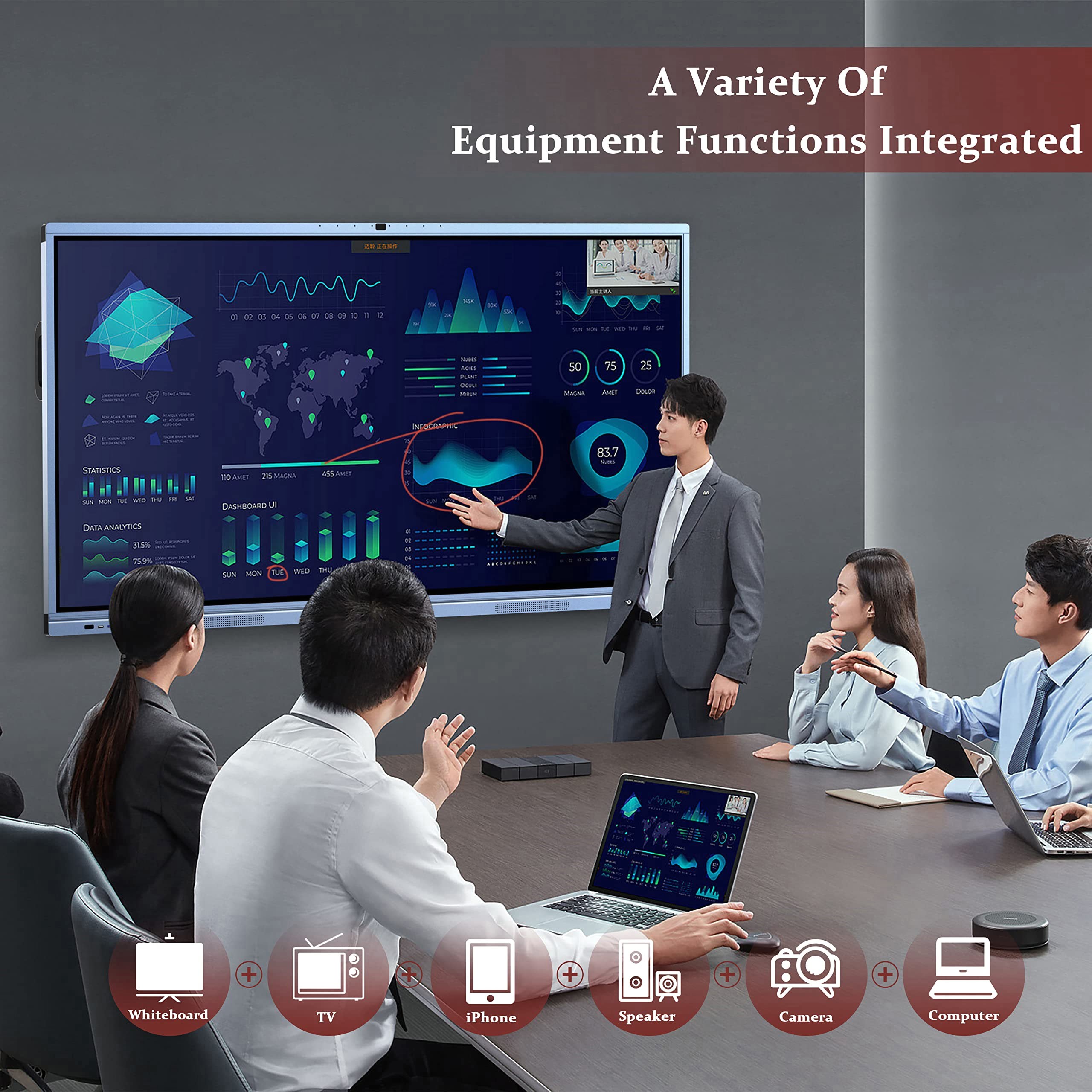Installing and setting up an interactive flat panel (IFP) involves several considerations to ensure optimal performance and functionality. Here are some key points to cover when discussing the installation and setup considerations for interactive flat panels:
Mounting Options: Determine the mounting option that best suits your needs. Interactive flat panels can be mounted on walls, placed on stands, or mounted on mobile carts for easy mobility. Consider the available space, viewing angles, and accessibility when choosing the mounting option.
Room Layout and Ergonomics: Evaluate the room layout and consider the placement of the interactive flat panel to maximize visibility and ergonomics. Ensure that the panel is positioned at an appropriate height and distance from the viewers, minimizing strain on the neck and eyes. Consider factors like lighting conditions, glare, and viewing angles from different parts of the room.
Electrical and Connectivity Requirements: Ensure that the installation location has access to power outlets to accommodate the power requirements of the interactive flat panel. Additionally, consider the connectivity requirements, such as HDMI or USB ports, and ensure that they are easily accessible and conveniently located for connecting external devices.
Cable Management: Plan for effective cable management to maintain a neat and organized installation. Consider using cable management solutions, such as cable conduits, to conceal and secure the cables running from the interactive flat panel to the power source and connected devices. This helps reduce clutter and ensures a professional appearance.
Network Connectivity: If the interactive flat panel requires network connectivity for features like online access, software updates, or cloud services, ensure that the installation location has a reliable network connection available. Consider the placement of Wi-Fi routers or network ports to ensure seamless connectivity to the panel.
Calibration and Calibration Tools: Interactive flat panels may require calibration to ensure accurate touch response and precise interaction. Familiarize yourself with the calibration process and any calibration tools provided by the manufacturer. Follow the recommended calibration procedures to optimize the touch accuracy of the panel.
Software Installation and Configuration: Some interactive flat panels require software installation and configuration to enable specific features or functionalities. Ensure that you have the necessary software and follow the manufacturer’s instructions for installation and setup. Configure the software settings according to your preferences and requirements.
Training and Familiarization: If you are installing interactive flat panels in an educational or collaborative setting, consider providing training and familiarization sessions for the users. Ensure that teachers, students, or participants understand how to use the panel’s features, navigate the user interface, and make the most of the interactive capabilities.
Ongoing Maintenance: Consider the ongoing maintenance requirements of the interactive flat panel. Regularly clean the screen using appropriate cleaning solutions and methods to remove smudges and fingerprints. Follow the manufacturer’s guidelines for maintenance and keep the panel updated with the latest software and firmware releases.
Testing and Troubleshooting: Before finalizing the installation, thoroughly test the functionality of the interactive flat panel. Check the touch response, audio output, connectivity options, and any additional features to ensure they are working properly. Prepare for potential troubleshooting by familiarizing yourself with the troubleshooting resources provided by the manufacturer.
By addressing these installation and setup considerations, you can ensure a smooth and successful installation of an interactive flat panel, maximizing its functionality and providing an optimal user experience for all stakeholders involved.



